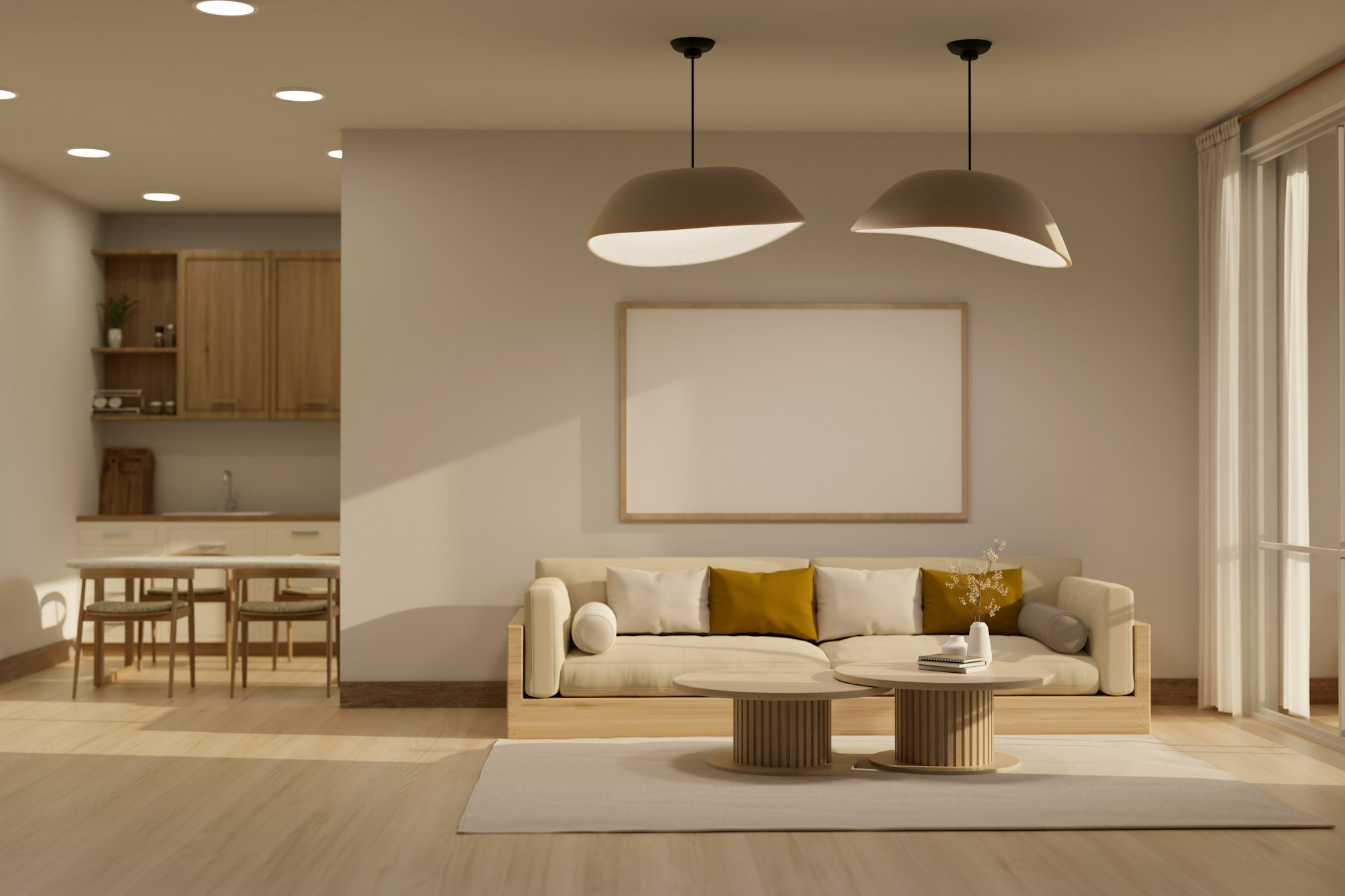In a world increasingly aware of environmental issues, the luxury sector is reinventing itself to meet the aspirations of a demanding and eco-conscious clientele.
High-end interior design is no exception to this trend, integrating eco-friendly materials without sacrificing the elegance and refinement that characterize luxury. This article explores how luxury design embraces sustainability, thus redefining the codes of opulence for the 21st century.
The evolution of the luxury concept
From flashiness to ecological awareness
Traditionally, luxury was synonymous with abundance, opulence, and sometimes even excess. However, mindsets are evolving, and with them, the perception of luxury.
Today, true luxury lies in rarity, authenticity, and sustainability. High-end consumers seek products and spaces that reflect not only their social status but also their ethical and environmental values.
The new definition of prestige
Prestige is no longer measured solely by price or rarity, but also by environmental and social impact. Luxury interior designers now face a new challenge: creating sumptuous spaces that embody both aesthetic excellence and ecological responsibility.
Eco-friendly materials in the service of luxury
Certified wood and rare species
Wood remains a preferred material in luxury design, but its use is evolving. Rare species from sustainably managed and certified forests are now prioritized. These precious woods, used sparingly and enhanced by artisanal techniques, become true jewels in high-end interiors.
Natural and recycled stones
Natural stones, timeless symbols of luxury, are finding new life in sustainable design. Marbles, granites, and other precious stones are sourced from responsible quarries. Moreover, the use of recycled or reconstituted stones is gaining popularity, offering eco-friendly alternatives without compromising aesthetics.
Innovative and eco-friendly textiles
The textile industry has undergone a significant transformation to meet the demands of sustainable luxury. Natural fibers like organic silk, linen, or hemp now coexist with innovative textiles made from recycling or eco-friendly processes. These materials combine softness, durability, and respect for the environment, perfect for creating luxurious and eco-conscious atmospheres.
Techniques and innovations for sustainable luxury
Upcycling and creative reuse
Upcycling involves transforming materials or products no longer in use into new, higher-quality or more useful items. This approach finds its place in luxury, where unique pieces are created from recovered materials, giving them a story and unique value.
Eco-friendly finishes and natural paints
Finishes play a crucial role in the aesthetics of luxury. Designers are turning to natural paints, water-based varnishes, and eco-friendly treatments that preserve indoor air quality while offering impeccable finishes. These often artisanal finishes add an extra dimension to the exclusivity of luxury interiors.
LED lighting and smart energy management
Lighting, a key element of any luxurious interior, benefits from technological advances in energy efficiency. The latest generation of LED systems, combined with smart energy management, allows for sumptuous ambiances while significantly reducing electricity consumption.
Craftsmanship at the heart of sustainable luxury
Valuing traditional skills
Sustainable luxury reconnects with artisanal traditions, valuing ancestral skills that have shaped the history of interior design. These techniques, often more environmentally friendly, are being updated and adapted to contemporary demands.
Collaboration with local artisans
Collaboration with local artisans has become a mark of quality and authenticity in sustainable luxury. It not only reduces the carbon footprint related to transport but also supports local economies and preserves unique techniques.
Challenges and prospects for sustainable luxury
Balancing rarity and sustainability
One of the main challenges of sustainable luxury lies in reconciling the notion of rarity, inherent in luxury, with sustainability, which implies responsible resource management. Designers must be creative in proposing exclusive solutions while respecting the principles of the circular economy.
Educating and raising awareness among clients
The success of sustainable luxury depends on educating and raising awareness among a clientele accustomed to certain codes. It involves demonstrating that sustainability can be synonymous with refinement and exclusivity and even add value in terms of innovation and uniqueness.
Continuous innovation and the search for new materials
The sustainable luxury sector is constantly evolving, driven by the search for new materials and innovative techniques. From laboratories to artisan workshops, innovation is at the heart of this new approach to luxury, promising exciting advances for the future of high-end interior design.
Towards a new paradigm of luxury
The integration of eco-friendly materials into high-end interior design marks the advent of a new paradigm of luxury. This sustainable luxury, far from being an oxymoron, represents the natural evolution of a sector that has always known how to reinvent itself to stay at the forefront.
By embracing the principles of sustainability, luxury design loses nothing of its essence. On the contrary, it is enriched by an ethical and innovative dimension that meets the aspirations of the most demanding consumers. The combination of aesthetic excellence, technological innovation, and environmental responsibility paves the way for a new era of luxury, more conscious and more respectful of our planet.
Sustainable luxury is not a passing trend, but indeed the future of high-end interior design. It embodies a vision where opulence is measured not only by beauty and rarity but also by positive impact on the environment and society. It is in this alchemy between tradition and innovation, between aesthetics and ethics, that the bright future of sustainable luxury is being shaped.






